I'm trying to hide the keyboard after a touch anywhere else on the screen. The code I'm using is based on this answer here.
IBOutlet UITextView *myTextView;
And the method:
- (void)touchesBegan:(NSSet *)touches withEvent:(UIEvent *)event {
UITouch *touch = [[event allTouches] anyObject];
if ([myTextView isFirstResponder] && [touch view] != myTextView) {
[myTextView resignFirstResponder];
}
[super touchesBegan:touches withEvent:event];
}
What I don't understand is how I should link my UITextField to the touchesBegan method. Which sent event do I need to use? Also, shouldn't the method be an IBAction, because right now I can't connect my UITextField to it.
I also gave this code a try but that one was breaking my navigation buttons (even with the solution mentioned in the comments)

